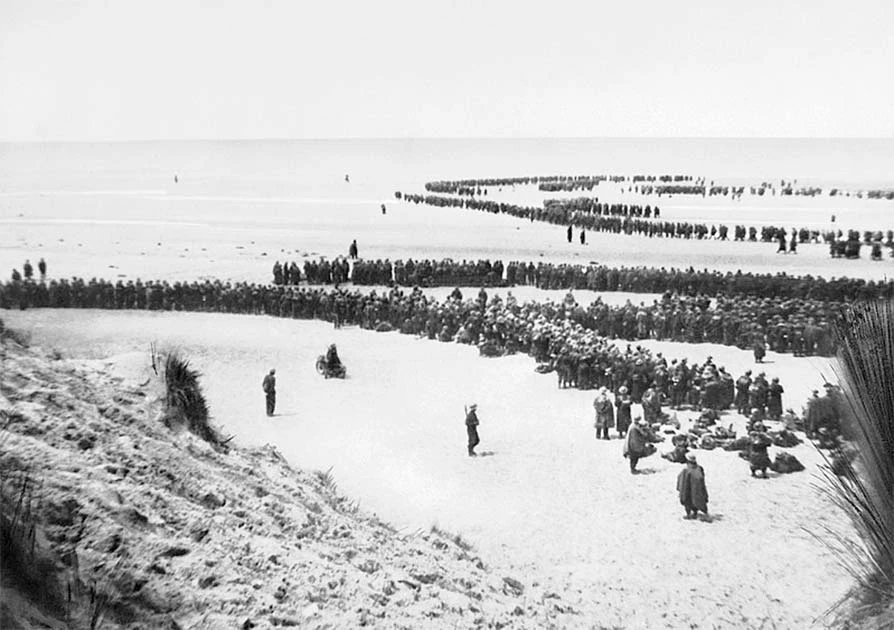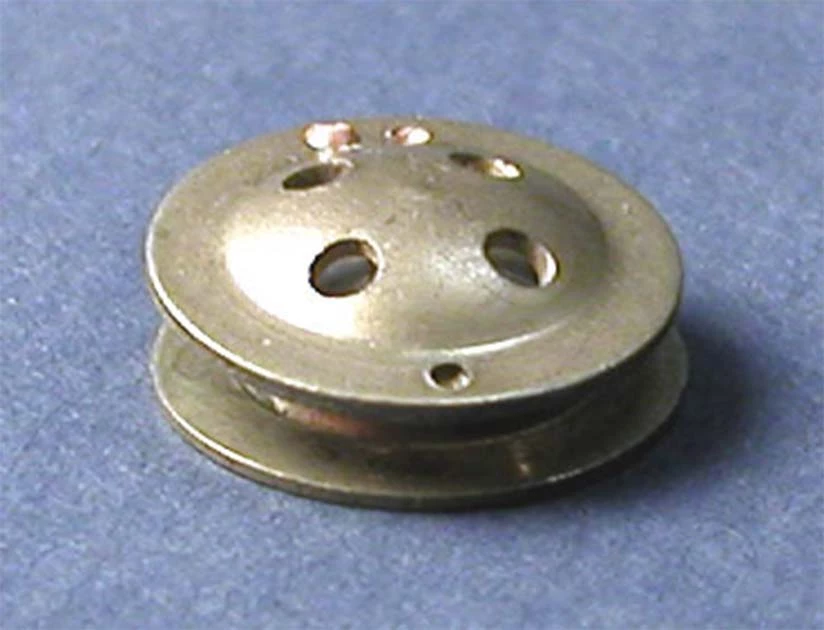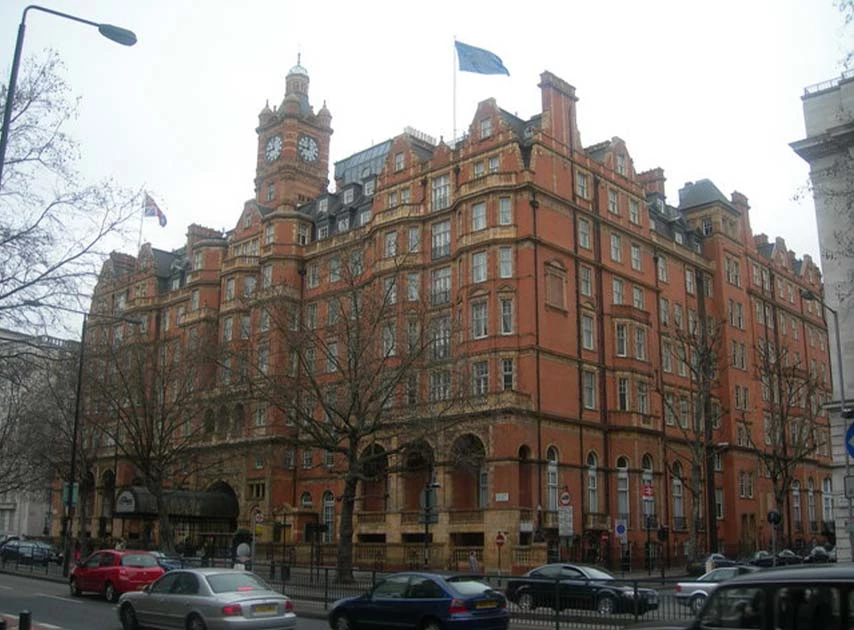Any spycraft enthusiast or James Bond aficionado will tell you of the existence of MI5 and MI6, the United Kingdom’s departments for domestic and foreign security. But there used to be far more departments, some of which lie forgotten.
During World War II, a small, secretive unit of British military intelligence known as MI9 played a crucial role in the Allied war effort. From covert operations behind enemy lines to helping Allied prisoners of war escape captivity, MI9’s daring and ingenious tactics were the stuff of spy novels.
But today MI9 is much less famous than its sister agencies MI5 and MI6. Why is this? To answer this question, we need to take a closer look at the fascinating history of MI9, what it was, and how it operated. One thing is certain, without the work of MI9 the outcome of the war could have been quite different.
The Founding of MI9
MI9, also known as Section 9 of the British Directorate of Military Intelligence, was a super-secret department of Britain’s War Office during World War II. It existed for two reasons, to help Allied prisoners of war escape from the Axis countries, particularly the Nazis, and to help Allied military personnel evade capture when stuck behind enemy lines.
MI9 was officially founded on 23 December 1939 and was led by Major Norman Crockatt, a hero of the Royal Scots regiment. In the beginning, MI9 was a small operation, limited to one room (Room 424) in the Metropole Hotel, Northumberland Avenue, London.

The organization received incredibly little financial support in its early days and was chronically understaffed due to inter-departmental power struggles within MI6, the most established of Britain’s secret services. In particular, the assistant head of MI6, Claude Dansey, was hostile towards MI9, not wanting it and other fledgling intelligence services to interfere with or distract from the work of MI6.
But that is not to say that MI9 was ineffective. MI9 is most well-known for two things, the creation of escape lines and the invention and supply of escape aids. Escape lines came into being after the Dunkirk evacuation of June 1940 during which over 338,000 Allied soldiers escaped France.
While the operation was a major success, many British soldiers were still left behind. Most of them were captured or surrendered, but about 1,000 managed to evade capture. The Escape Lines were created to help these brave men get home.
- (In Pics) Eight CIA Gadgets of the Cold War
- Sir Francis Walsingham: Who was Queen Elizabeth’s Spymaster in Chief?
Originally the lines were created and paid for by proud French and Belgian citizens who were resisting the German occupation of their home countries. One of the original lines was the Pat O’Leary Line which helped British soldiers escape from Marseilles in France to Spain, either by boat or on foot.
After hearing about the line MI9 sent one of its agents to Spain and Portugal to help the newly created line exfiltrate British soldiers. Realizing how effective the lines were after hearing his feedback, MI9 began playing a more pivotal role in the creation and management of these lines over the next few years.
Around the same time the Pat O’Leary Line began operating the Belgians were creating their own line, the Comet Line. After hearing about the line’s creation from a young woman called Andree de Jongh, MI9 agreed to finance the line’s operations. In the beginning, the Comet Line rejected all MI9 advice and aid but eventually accepted $200 to $300 for each airman who arrived in Spain. The Pat Line received financial help and made use of MI9 wireless operators from 1942 onward.
As time went on the purpose of the lines began to change. As the Allied bombing of Europe increased throughout 1942 the emphasis went from helping stranded soldiers to rescuing airmen who had been shot down in bombing raids. The Germans responded by almost completely destroying both the Pat and Comet Lines.
MI9 responded in turn by creating new escape lines, like the Shelburne Escape line, which carried airmen from the coast of Brittany to England by boat. MI9 also set up Operation Marathon, a secret camp that sheltered downed airmen in a remote forest until the tide of the war turned and they could be rescued.
Escape Aids
Alongside the creation, support, and running of the Escape Lines a major part of MI9’s job was the manufacture of escape aids which were sent to POW camps. Most of these were the brainchild of Christopher Hutton, an inventor so in demand during the war he built himself a secret underground bunker just so he could get some peace.
Hutton’s creations were ingenious. For example, he invented a compass that could be hidden inside a soldier’s pen or tunic button. They used left-hand threads so that if someone was searched, German efforts to open the devices would only seal them tighter. He also printed maps of Europe on silk so that they wouldn’t make a noise and could be disguised as handkerchiefs which could be hidden inside canned goods.

He also worked on disguises. For downed aircrews, he built special boots that came with detachable leggings so that they could be made to look like civilian shoes. They also came with hollowed heels that contained dried rations. There was also the magnetized razor blade that could be used as a compass when placed in water and the spare uniforms which were sent to POWs that could be easily converted into civilian clothes.
- UK Prime Minister Turned Traitor: Was Harold Wilson a Communist Spy?
- Sending a Message: What was MI6 Doing With All That Semen?
Alongside the work of Hutton, MI9 employed a former magician, Jasper Maskelyne, to design hiding places for the escape aids they produced. These included hollowed-out cricket and baseball bats, maps inside playing cards, and money hidden away in board games. Monopoly was particularly popular as maps could be hidden in its board and real money hidden with the monopoly money.
MI9 also produced and procured forged German ID cards, ration coupons and travel warrants which they smuggled into POW camps. These tools and documents were usually smuggled into German territory in parcels addressed to fake charity organizations. Real charities, like the Red Cross, were out of bounds due to rules laid out in the Geneva Convention.
Private businesses were also brought in to help MI9. For example, Jacques of London, a British games manufacturer produced several games for MI9 in which various tools were hidden. German guards eventually caught on and began searching the packages, but it wasn’t until X-Ray machines were deployed at the camps that the Germans managed to capture significant amounts of the equipment sent by MI9.
The Disbanding of MI9
During World War 2 MI9 was hugely successful, helping countless allied soldiers and prisoners escape German territory and evade detection. But after the war ended, MI9 was disbanded alongside many other military intelligence organizations. Why?

The answer is simple. It wasn’t needed anymore. MI9 had done its job and the war was over. Once all the POWs had been liberated and the Evade and Escape operations were no longer necessary, neither was MI9. The war had been hugely costly, taking a heavy toll on Britain’s resources. The country couldn’t afford to keep departments open which were no longer needed.
MI9 didn’t disappear completely though. After it was disbanded its functions were absorbed by other government agencies. In 1959 its successor, the Reserve Reconnaissance unit was renamed and became the 23rd SAS Regiment.
As we’ve seen, MI9 was a remarkable organization that played a critical role in the Allied war effort during World War II. Their daring and ingenious tactics, along with their unwavering dedication to the cause, helped countless Allied personnel escape enemy captivity and gather valuable intelligence.
While MI9 may no longer exist today, its legacy lives on in the annals of military history, inspiring future generations of intelligence officers and operatives. Those who worked for MI9 and the groups it worked with are a reminder of the bravery and sacrifice of all those who served during the horrors of WWII to fight against tyranny.
Top Image: MI9 were initially focused on helping displaced or stranded soldiers, before they shifted to helping downed airmen. Source: Svetliy / Adobe Stock.